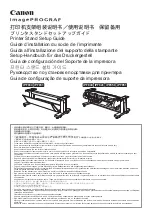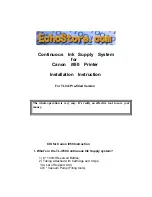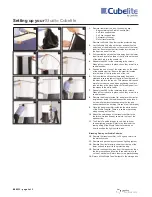
-11-
Electrical Connections
RECOMMENDED WIRE SIZE, AMP CAPACITY & CONSTRUCTION
Ampacity Range
SAE Wire Size
Gauge/No. of Strands
5A - 10A
#16
29/19
10A - 15A
#14
27/19
15A - 30A
#12
25/19
30A - 40A
#10
23/19
40A - 50A
#8
21/19
WIRE SIZE AND TERMINATION
•
The wiring diagrams on pages 13 and 17 show the minimum wire size used for
each connection, along with recommended lead color.
•
If the wire is longer than 10 ft., use the next larger wire size.
•
Use only high quality crimp connectors.
•
Make sure all connections are tight.
•
Route wiring to prevent wear, overheating and interference with air bag
deployment.
•
Use grommets and sealant when passing through compartment walls.
•
Minimize the number of splices to reduce voltage drop.
•
Ground connections should be made directly to the negative of the vehicle
battery. If not possible, connect only to substantial chassis components.
•
Install and check all wiring before connection to vehicle battery. SEE TABLE
BELOW FOR CORRECT WIRE SIZING!
•
All conductors should be constructed of stranded copper with thermoplastic
insulation.
CAUTION: All wires should be rated for at least 125% of their maximum current load.
All wires connected to the positive terminal of the battery should be fused at the
battery for their rated load.
The load can be calculated by adding all lamp
wattages and dividing by 13. Load (Amps) = Total Watts / 13 volts. Do not use 1/4"
diameter glass fuses, as they are not suitable for continuous duty above 20 amps.
SIREN AMPLIFIER
Communication between the control
head and the amplifier is made via a
communications cable using an RJ11
jack located on the opposite side of
the power connector.
CAUTION:
Please note that the cable used IS NOT
a standard telephone cord and
CANNOT be replaced with one.
Make all electrical connections to the power connector before installing the
connector on the unit.
If the unit needs service, both the communication cable and the power connector
can be easily removed without unwiring the connector.
















































